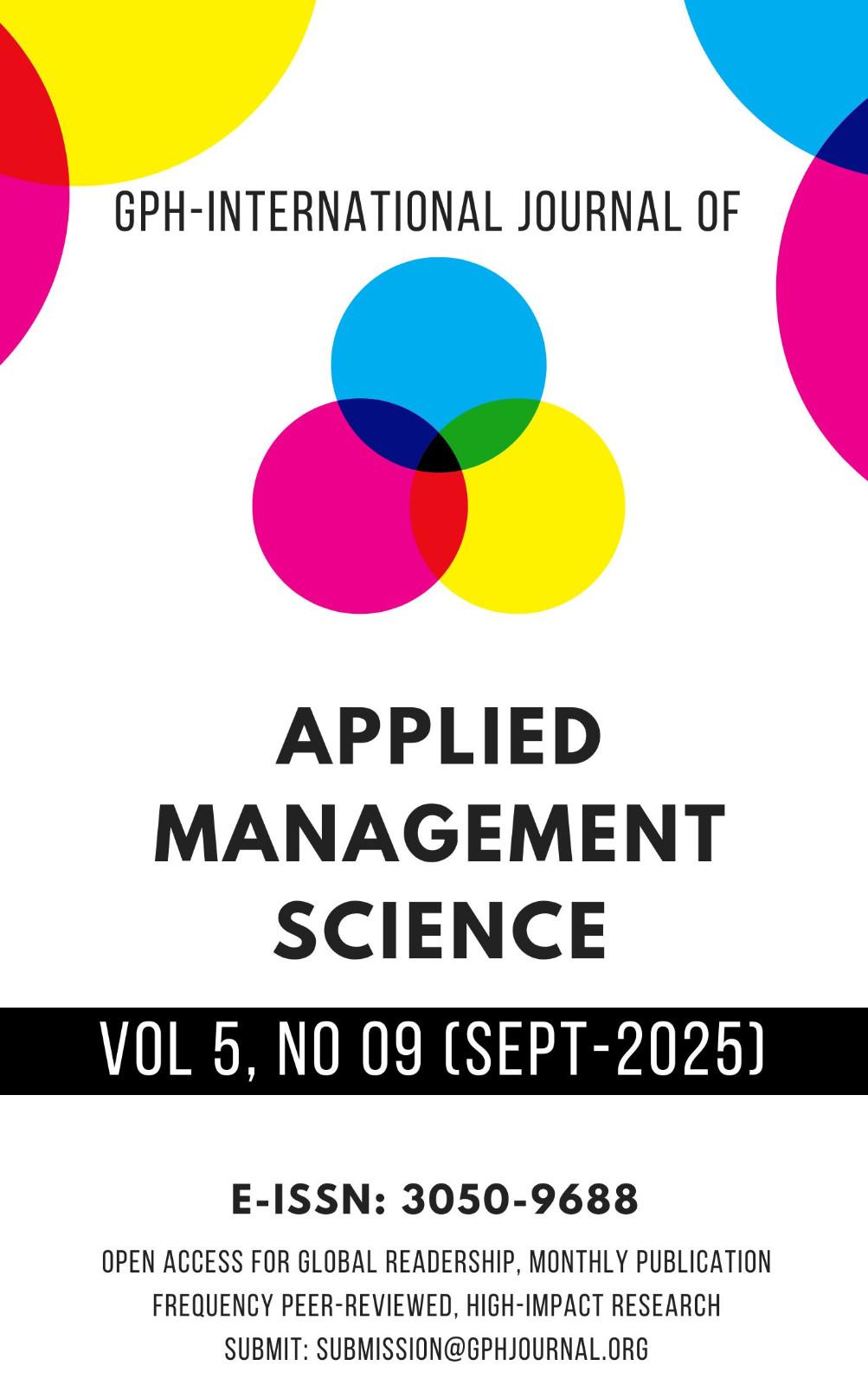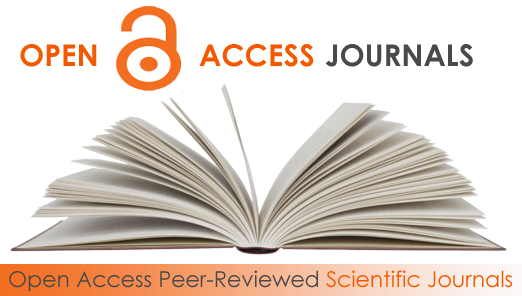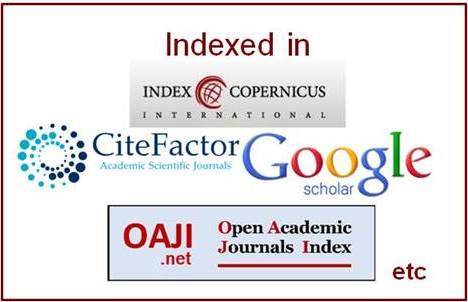DOMESTIC DEBT FUNDING ELEMENTS AND PUBLIC WORKS EXPENDITURE IN NIGERIA
Abstract
This study examined the relationship that subsist between Domestic Debt Funding Elements and Public works Expenditure in Nigeria for the period under study (1987 - 2023), utilizing secondary data. Treasury Bills (TB), Treasury Certificates (TC) and Development Stock (DS) are explanatory variables while Public Works Sector Expenditure (PWE) is the dependent variables used to measure Domestic Borrowings in Nigeria for the period under review. From the result of the study all employed variables on the model are stationary at first difference and exhibited a long-run relationship. From the output of model, it was discovered that all employed variables are positive and statistically significant. but treasury certificate was positive and insignificant to public works sector expenditure. We therefore recommended that Government should source for more funds with treasury certificates in other to have the needed suitable funds for infrastructural financing and chunk of domestic borrowing should be deployed to this sub-sector to ensure adequate supervision as well as monitoring and maintenance of public utilities. Finally, government should make known to the public the benefits of domestic borrowing as it leads to economic development.
Downloads
References
Ademola, E.O. & Oluwaseyi, A.A. (2013). Relationship between domestic debt, macro-economic indices and viability of the construction sector in Nigeria. International Journal of Economics, Finance and Management Sciences, pp 200-272.
Adejuwon, K.D., James, K.S., & Soneye, O.A. (2010). Debt burden and Nigerian development. Journal of Business and Organizational Development, 2(1), 1-11.
Adesoye, A.B. (2014). Infrastructural financing in Nigeria: Growth implications. Journal of Economics and Sustainable Development, 5(5), 2-11.
Adesoye, A. B.,Maku, E. O. & Atanda, A.A. (2010). Dynamic analysis of government spending and economic growth in Nigeria. Journal of Management and Society, 1(2) 27–37. December edition 2010 available online at http://www.lautechtransportmgt.com/journal.html
Adofu, I. & Abula, M. (2010). Domestic debt and the Nigerian economy current research, Journal of Economic Theory. 2(1), 22-23.
Ahmad, M. K. (2008). Bridging Nigeria’s infrastructure gap. National pension Commission wuse Abuja. pp. 1 – 9. www.pencom.gov.ng.
Amelita, K. D (1996) Public Works Programmes, a Strategy for poverty alleviation: the gender dimention Publications of the International Labour Office CH-1211 Geneva 22
Alison, J. (2003). Key issues for analysing domestic debt sustainability debt relief
international, 2001 Publication, 5
Asogwa, R.C. (2005). Domestic government debt structure, risk characteristics and monetary Policy conduct, evidence from Nigeria. Access from: http://www.imf.org/external/np/res/seminars/2005/macro/pdf /asogwa.pdf.
Agénor, P. R. & Moreno, D. B. (2006). Public infrastructure and growth: New channels and policy implication. World Bank Policy Research Working Paper 4064.
Ajayi, E. A. (1989). Nigerian debt management experience, Journal Central Bank Nigeria, 13 (2), 8-9
Araloyin; F. M.; & Balogun, O. O. (2017). Infrastructure finance system: A comparative analysis of developing countries and lesson for Nigeria. Department of estate management university of technology Ota, Nigeria. International Journal of Business and Social Science. 9 (3). 15 – 128. Doi:10.30845/ijbss.v9n3
CBN, Statistical bulletin. available: http://statistics./cbn.gov.ng(cbn-onlinestats (Accessed 31st December, 2019).
Cecilia, B., Karlis, S. & Vivien, F. (2008).Financing public infrastructure in sub-saharan Africa: Patterns, Issues, and Options’, Africa Infrastructure Country Diagnostic (AICD).
Charles O. (2012). Domestic debt and the growth of Nigerian economy.
Research Journal of Finance and Accounting Vol 3, No 5.
Chris,O.U & Samson, O. (2012). Public debt and the crisis of development in Nigeria: econometric investigation, Asian Journal of Finance and Accounting ISSN 1946-0524x, 4(2), 231-234.www.macrothink.org/ajfa.
DMO. (2020). Nigeria’s debt management office, available Website:www.dmo.gov.ng
DMO. (2020). Nigeria’s debt management office, available Website:www.dmo.gov.ng
Engle, R. F. & Granger, C. W. J. (1987). Co-integration and error correction: Representation, Estimation and Testing Econometrical. 55251-276
Ette, H., Azubike, S. A., & Bartholomew, A U. (2015). Nigerian treasury bills rates forecasting model. Department of mathematics/computer sciences, university of science and technology portHarcourt, Nigeria. International Journal of life Science and Engineering 1(1) 20 – 25. www.publicscienceframework.org/journal/ij/se
Gbosi, A.N. (1998). The impact of Nigeria’s domestic debt on macroeconomic environment, First Bank Review Journal”
Iwedi, M. & Onuegbu.O. (2014). Funding housing deficit in Nigeria: A review of the efforts, challenges and the way forward, International Journal of Business and Social Science, 5(1), 3-5
James, A. (2013). Financing urban Infrastructure: known, unknowns, and a way forward, Journal of economic Surveys, pp 230-260.
Jude, A.A. & Ekundayo, O. (2014). Financing capital Investments in Nigeria: The Role of the Banking Industry”, Asian Economic and Financial Review, 4(8).1123-1130.
Nworji, I. D. & Oluwalaiye, O.B. (2012). Government spending on road infrastructure and its impact on the growth of Nigerian economy, International Journal of Management & Business Studies, vol. 2.
Ogunlana, O. F.; Yaqub; J. O.; Alhassan; B. T. (2014). Infrastructure and development in Nigeria. Arabian Journal Business and Management Review Nigeria (Nigerian Chapter). 3(12).
Okunlola F.A., Ajala O., & Adesanya T.A (2-15)examine infrastructure dilemma (ID) and the need for alternative funding in Nigeria. Advances in multidisciplinary & scientific research. 1 (2)
Oye Abo.,kadom John, Koenigsberger (2016) Evaluating the role and impact of railway transport in the Nigerian economy, options and choices: Case of Nigeria Railway corporation. Ashese Journal of economics 2 (4) 103-113.
Samson, O. & Jonathan, E. E. (2010). The effects of debt burden on the Nigerian economy, Journal of Research in National Development 8(2)
Sanusi; J. O. (1988). Genesis of Nigeria’s debt problems and prospects for debt conversion. A lecture delivered on debt conversion/ Asset trading organised by continental merchant bank of Nigeria
Rapu, S.C. (2003). Assessment of Nigeria’s domestic debt sustainability. CBN economic and financial review. 4292). 41-66
Uranta, J., A. & Lucky, A. L. (2024) Domestic Debt and Infrastructure Financing in Nigeria: A Multi-Variant Analysis of Transportation Expenditure. IIARD International Journal of Banking and Finance Research. 10 (10) E-ISSN 2695-1886 P-ISSN 2672-4979 www.iiardjournals.org
World Bank (2005). Infrastructure for development World development report, Oxford University Press.
Williams, H. T.; Okonkwo, M. O. & Abolore, R. A. (2014). The impacts of financing public utility with bonds in a developing economy: A co-integration approach. Global Journal of management and Business Research: C Finance. 14.
Author(s) and co-author(s) jointly and severally represent and warrant that the Article is original with the author(s) and does not infringe any copyright or violate any other right of any third parties, and that the Article has not been published elsewhere. Author(s) agree to the terms that the GPH Journal will have the full right to remove the published article on any misconduct found in the published article.









 Street. Viaductweg 186, City. Bruchem, State. Gelderland, Zip code 5314LK, Netherlands
Street. Viaductweg 186, City. Bruchem, State. Gelderland, Zip code 5314LK, Netherlands

